
Dionysos Now – Adriano 5 (2024)
FLAC (tracks) 24 bit/96 kHz | Time – 52:52 minutes | 967 MB | Genre: Classical
Studio Masters, Official Digital Download | Front Cover | © Evil Penguin Classic
“It has long been my desire to compile a single album of all the many elegies and songs of praise in which Maestro Adriaen Willaert is musically immortalized. In recent years, various musicological articles have been published that shed light on the music that pays tribute to Adriaen Willaert, composed in the period following his death on December 7, 1562. However, recordings and especially performances of most of these works have been lacking until now. All the more reason to fill this ‘vacuum’—which, for some works, spans over 400 years—with Dionysos Now!” (Tore Tom Denys)
In my research, I rediscovered a six-part composition by the (until now unknown to me) composer Floriano Canale (c.1550-1616?), who sets to music the same text Willaert’s “poulin” Cipriano De Rore (1515/16-1565) used in the ode to his teacher and mentor: Concordes adhibite animos. An ideal opportunity to start and end the recording with these two works, especially since they do not sound like typical ‘deplorations’ on the composer (deplorer = to mourn) but rather as “ceremonial motets” such as those written for emperors and cardinals, full of praise and honor, in Latin, with the typical reference to Greek mythology.
The madrigal Sassi, Palae van Andrea Gabrieli (c.1533-1583) by Andrea Gabrieli (c.1533-1583) is an imaginative invocation that calls upon everything that grows and swims in the canals of Venice—from the smallest plants to the mermaids (whether they be unmarried or married!)—to join in mourning. This appeal is based on the writings of one of the Commedia dell’Arte’s leading figures, Antonio Molino, also known as Manoli Blessi. Similarly, Pianza’l Grego Pueta by Alvise Willaert (fl.1560, Adriaen’s nephew) is based on a personal lamentation of Blessi on the great loss of the “Màstora della Musica.”
A true discovery for me was the madrigal Giunto Adrian vby Lorenzo Benvenuti. The lyrics (by an unknown author) are less personal compared to the other elegies, but no less intense: daring harmonies accompany this beautiful example of mystical poetry, demonstrating that—even though we know almost nothing about this composer—he knows perfectly how to imitate the composition style of Willaert and the way he set text to music, indeed even developing it further.
Giovanni Battista Conforti’s (fl. 1550-1570) S’hoggi son senz’honor has similarly allegorical lyrics, but they contrast with the added music. The rhythm of the vocal lines feels like a kind of undisturbed rippling in the calm waters of the lagoon. Only in the last line does it become clear that this sonnet is about the death of Adriaen.
is Adriaen Willaert’s opus ultimum, set to a text by Antonio Molino. In this work, Willaert announces his departure from this (music) world. After the first part, in which his (deceased) dog boasts (in the first person) from heaven how it cured him of his many ailments (by making the summer heat disappear at night), Adriaen decides to join his dog on the “other side.” After the first part, in which his (deceased) dog boasts (in the first person) from heaven how it cured him of his many ailments (by making the summer heat disappear at night), Adriaen decides to join his dog on the “other side.”
This madrigal could be a “musical reply” to an earlier work by Daniele Grisonio, also on a text by Antonio Molino, Vù ha ben casun. The two madrigals were published one after the other in the same print in 1564.
In the lyrics of Grisonio’s composition, the same deceased pet comforts its owner (Willaert) from heaven by assuring him that he will greet him every year in August in the form of the brightest star in the night sky, referring to the “dog star” Sirius.
I added the triptych Parce mihi Domine/Taedet Animam meam/Manus tuae* three “readings for the dead” by Willaert’s student—and later maestro di cappella at the San Marco Basilica—Gioseffo Zarlino (1517-1590), to this recording after reading the article “Deep mourning in Cinquecento Venice” by musicologists Antonio Chemotti and Katelijne Schiltz, which suggests that Zarlino could have composed this music for Adriaen Willaert’s funeral mass.
The madrigal ‘dove sei tu’ is by Adriaen Willaert himself, written after the death of an unnamed young man. (Tore Tom Denys)
Tracklist:
1-1. Dionysos Now – Concordes adhibete animos (de Rore) (03:07)
1-2. Dionysos Now – Sassi, palae (04:12)
1-3. Dionysos Now – Giunto Adrian (05:41)
1-4. Dionysos Now – Vu ha ben casun (04:03)
1-5. Dionysos Now – Dulce Padrun (04:48)
1-6. Dionysos Now – Pianza’l Grego Pueta (05:29)
1-7. Dionysos Now – S’hoggi son senz’honor (04:18)
1-8. Dionysos Now – Parce mihi Domine (04:28)
1-9. Dionysos Now – Taedet Animam meam (05:04)
1-10. Dionysos Now – Manus tuae (03:27)
1-11. Dionysos Now – Dove sei tu, mio caro (04:28)
1-12. Dionysos Now – Concordes adhibete animos (Canale) (03:41)
Personnel:
Franz Vitzthum, countertenor
Filip Dámec, countertenor
Bernd Oliver Fröhlich, tenor
Jan Petryka, tenor
Tore Tom Denys, tenor
Tim Scott Whiteley, bass bariton
Joachim Höchbauer, bass
Dionysos Now
Tore Tom Denys, musical director
Download:


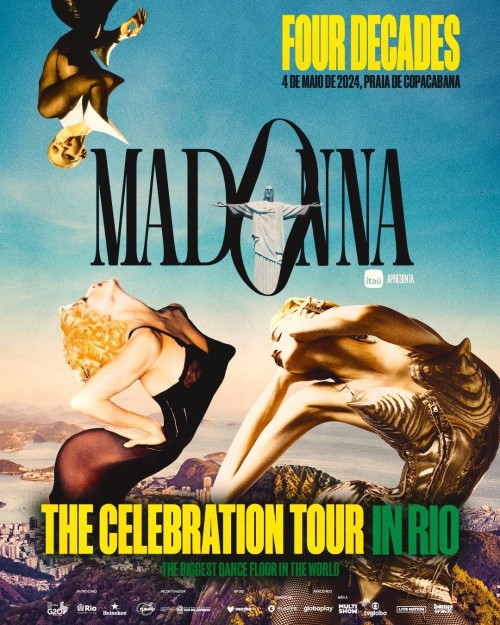
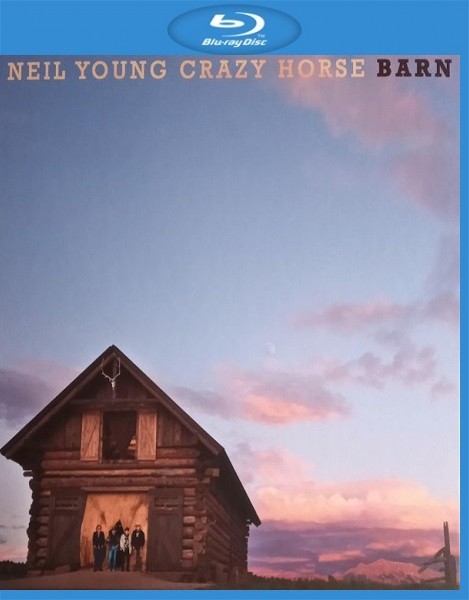

![King Crimson - Larks’ Tongues in Aspic (40th Anniversary Edition) (1973/2023) [High Fidelity Pure Audio Blu-Ray Disc]](https://imghd.xyz/images/2024/05/12/138741_front.md.jpg)
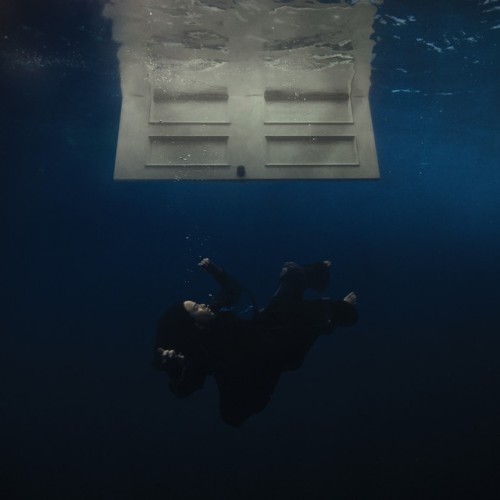
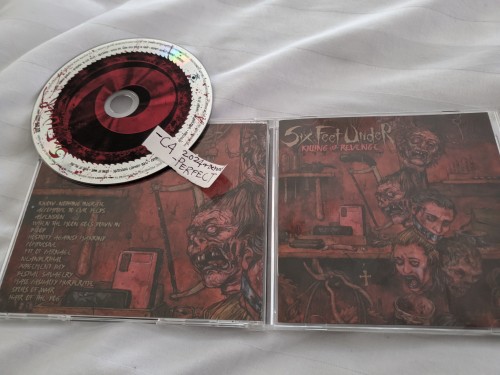



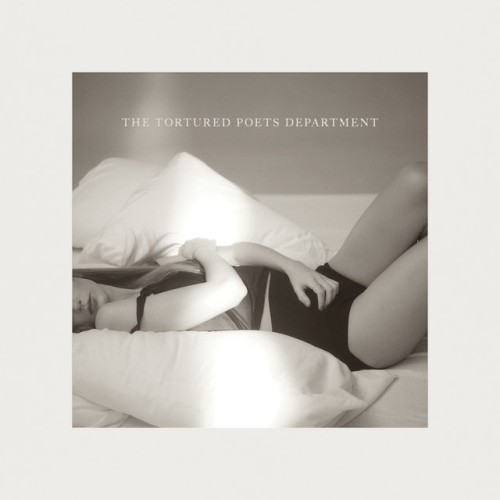

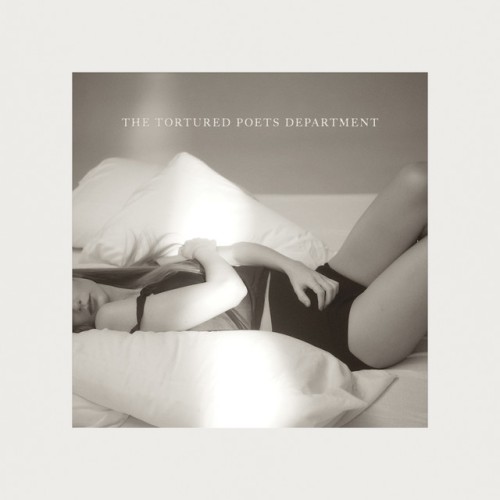
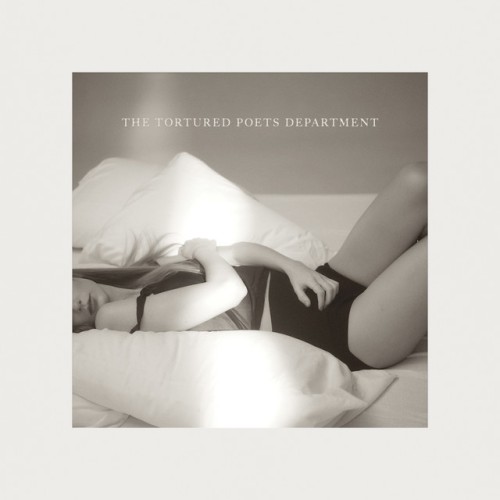

![Dionysos Now & Tore Tom Denys – Maistre Jhan (2023) [Official Digital Download 24bit/96kHz]](https://imghd.xyz/images/2023/10/18/x8qpd9cgh8rga_600.jpg)
![Dionysos Now – Adriano 4 (2023) [Official Digital Download 24bit/96kHz]](https://imghd.xyz/images/2023/03/06/w8smbn2ewznob_600.jpg)
![Dionysos Now – Adriano 1 (2021) [Official Digital Download 24bit/96kHz]](https://imghd.xyz/images/2022/12/20/zv1fcmdd52kcb_600.jpg)
![Dionysos Now – Adriano 2 (2022) [Official Digital Download 24bit/96kHz]](https://imghd.xyz/images/2022/03/09/vqyw6mlfc7e4a_600.jpg)
![Dionysos Now – Adriano 3 (2022) [Official Digital Download 24bit/96kHz]](https://imghd.xyz/images/2022/10/10/k7a1xg9ni2nna_600.jpg)
![Dionysos Now – Missa Inviolata (2022) [Official Digital Download 24bit/96kHz]](https://imghd.xyz/images/2022/09/24/w51zxxja6n3ga_600.jpg)